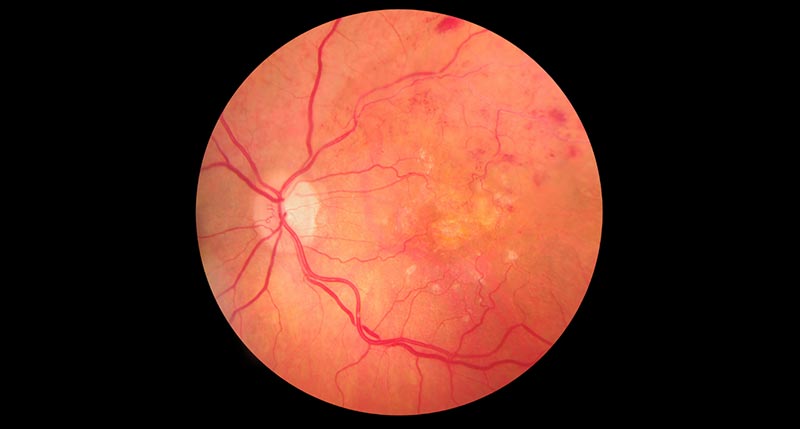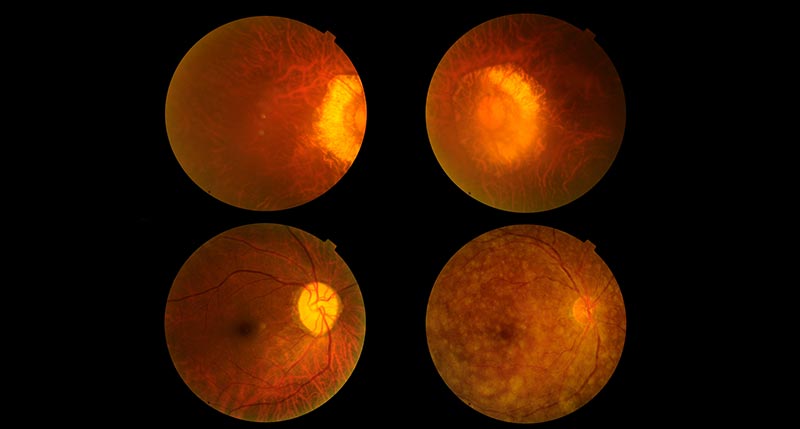The National Eye Institute has designated February as Low Vision Awareness Month, a time to raise awareness about visual impairment and rehabilitation for those living with the condition. An estimated 3 million Americans age 40 and older are living with low vision, which can greatly impact their functionality, productivity and general enjoyment of life.
What is Low Vision?
Low vision is defined as having 20/70 vision or poorer in the “better eye” with maximum correction. The diagnosis often means that a person must live with blurred vision, tunnel vision or blind spots.
Following are the definitions of visual acuity, according to the World Health Organization. These ratings are for vision in the better eye with the best possible prescription corrective lens:
20/30 to 20/60: Mild vision loss, but near-normal vision
20/70 to 20/160: Moderate low vision
20/200 to 20/400: Severe low vision
20/500 to 20/1,000: Profound visual impairment
Less than 20/1,000: Near-total blindness
No light perception whatsoever: Total blindness
In the U.S., people with vision that can’t be corrected past 20/200 in their better eye or who have less than 20% of their visual field remaining are considered legally blind.
How is Low Vision Treated?
It’s a fact: Our vision changes as we age. While it is diagnosed in all ages of people, the primary patient population with low vision is in older adults. The condition can make simple and enjoyable tasks like reading, cooking, crossword puzzles or any up-close work nearly impossible. But there are helpful aids to assist those suffering from low vision to make the most of the vision they still have and enjoy their lives to the fullest.
Magnification is the key to enhancing vision for people with low vision. Low vision devices and aids include magnifying and telescopic lenses for those who love to read, night-vision scopes, and other adaptive devices that can help maximize the remaining vision a patient has. Voice commands and computer magnification settings can help with low vision computer use.
Depending on the cause of low vision, there may be medications or surgical alternatives that can help slow the disease’s progression and provide as much vision for as long as possible. For those with retinitis pigmentosa and other retinal-based conditions, retinal implants may be able to restore vision. With ongoing studies and clinical trials, treatment innovation and breakthroughs are on the horizon, offering hope to many who live with these devastating diagnoses.
If you or a loved one have been diagnosed with low vision or a disease that causes it, make an appointment with your optometrist to discuss the best course of rehabilitative treatment and what aids can help you continue to live independently and productively with your specific diagnosis.
What Causes Low Vision?
The main causes of low vision include a variety of eye diseases:
• Age-related macular degeneration
• Glaucoma
• Retinitis pigmentosa (RP)
• Diabetic retinopathy
• Amblyopia
• Traumatic brain injury
• Cataracts unable to be surgically corrected
In our next blog post, we will provide in-depth information about these diseases and conditions, which are the primary causes of low vision.





